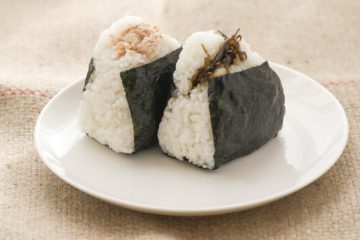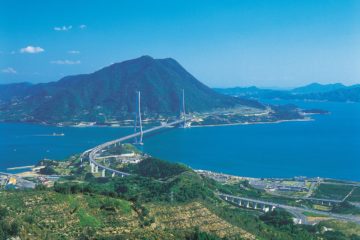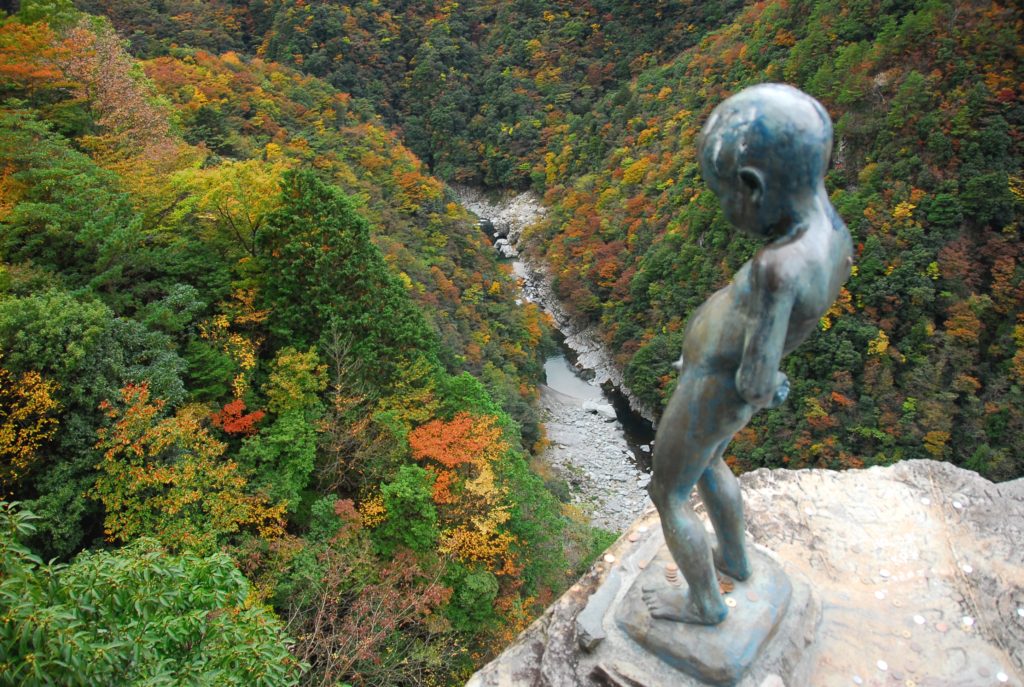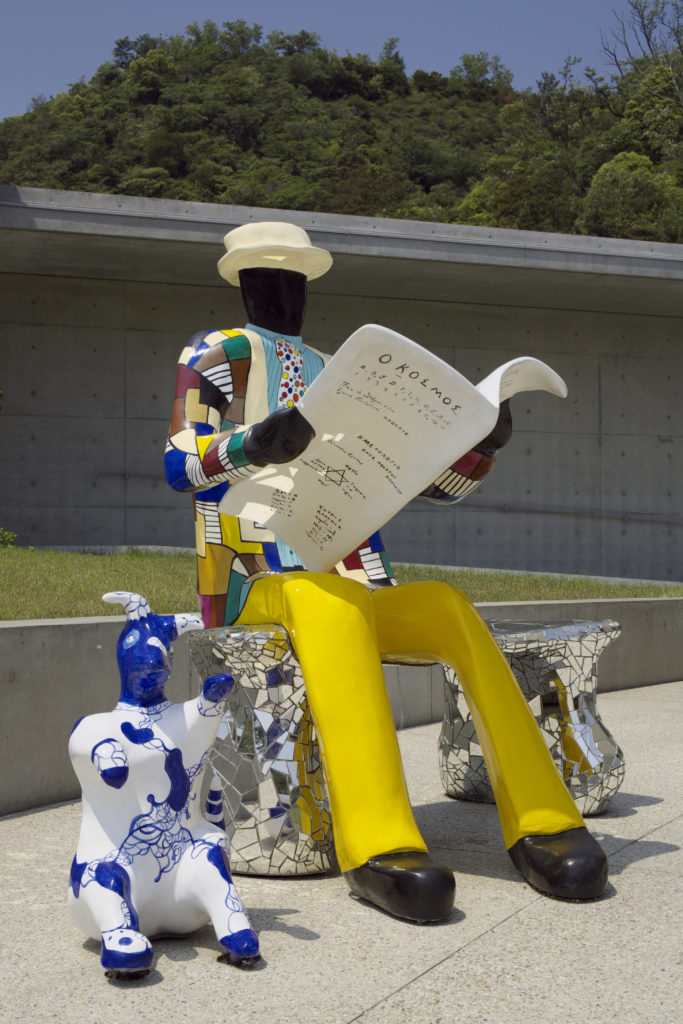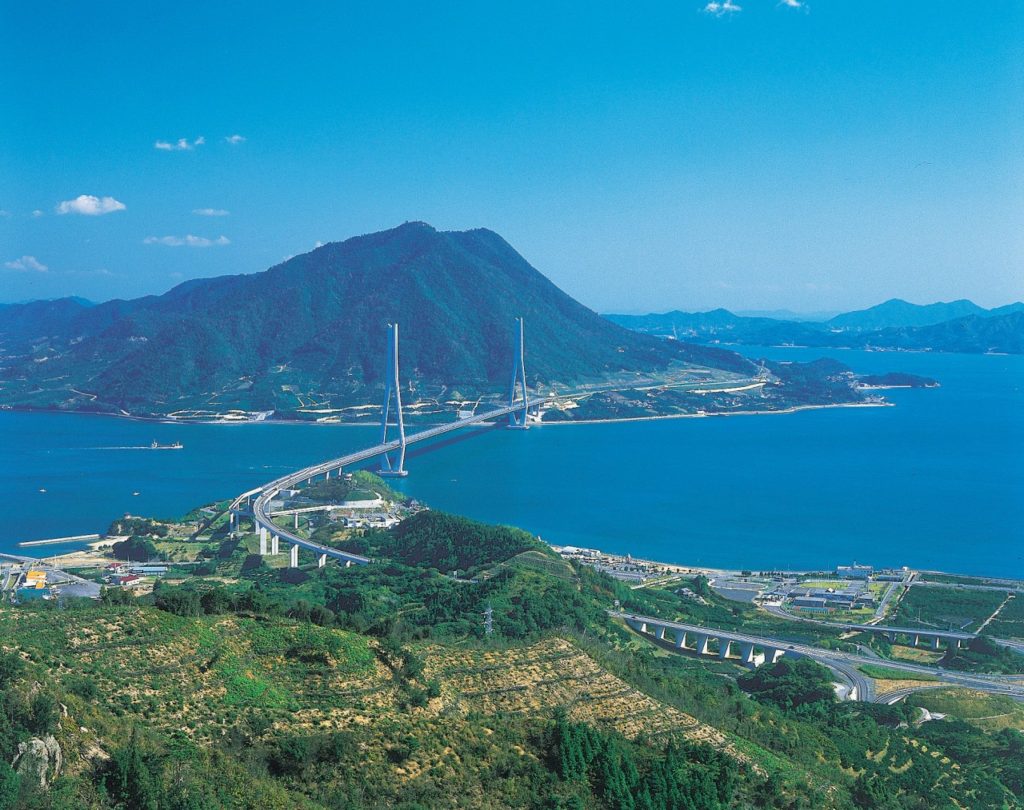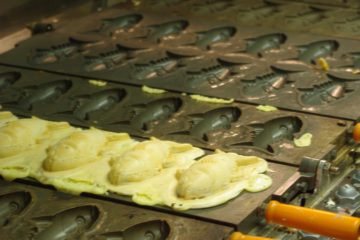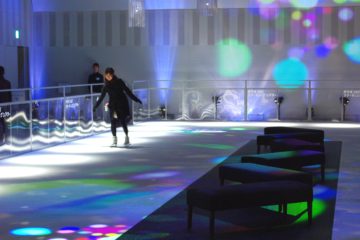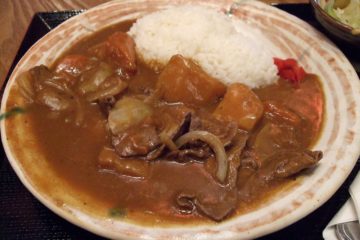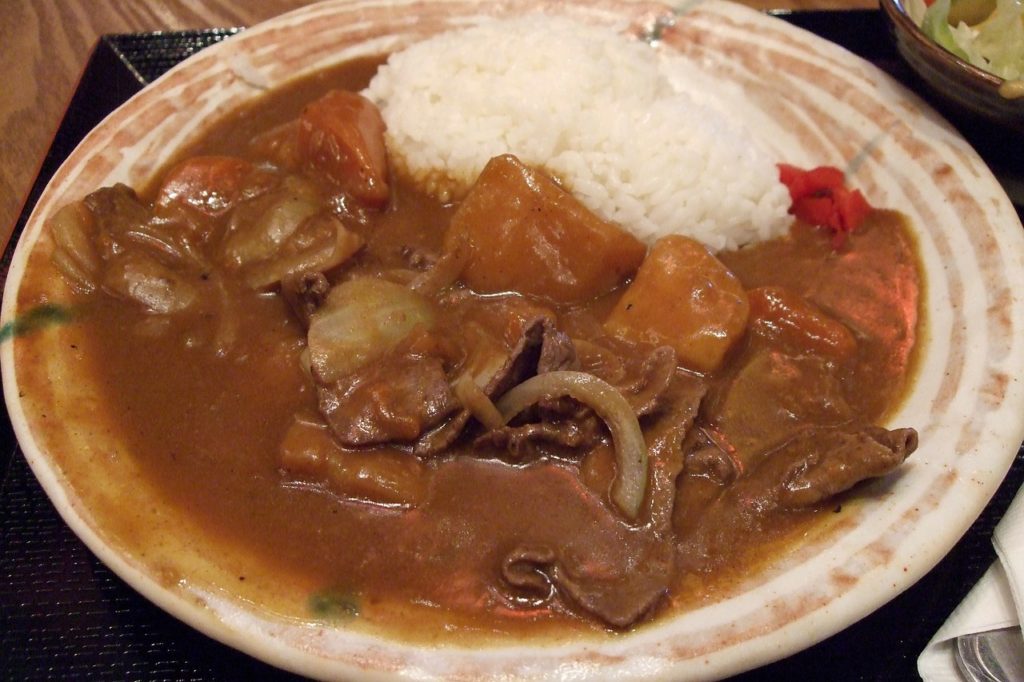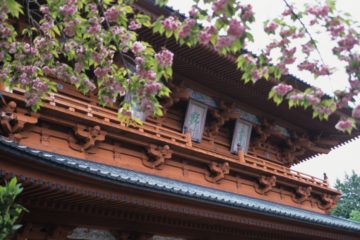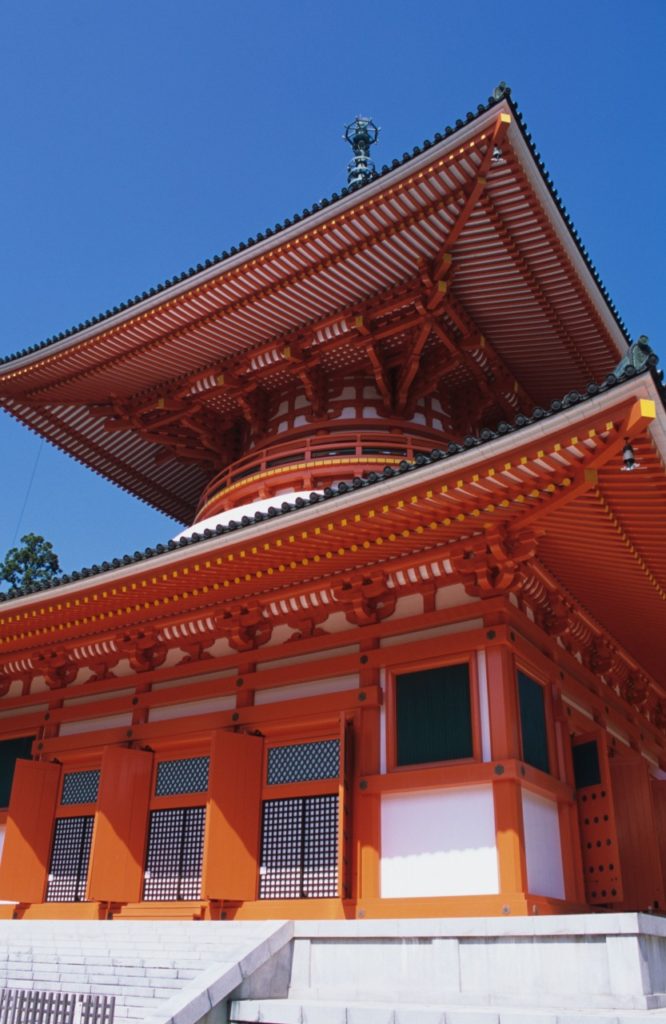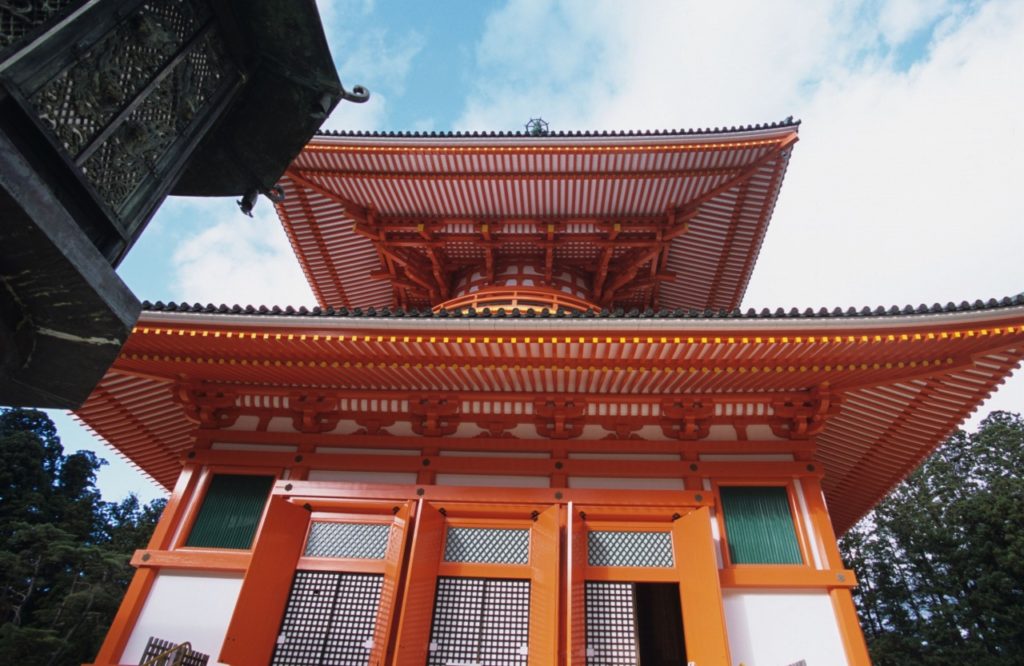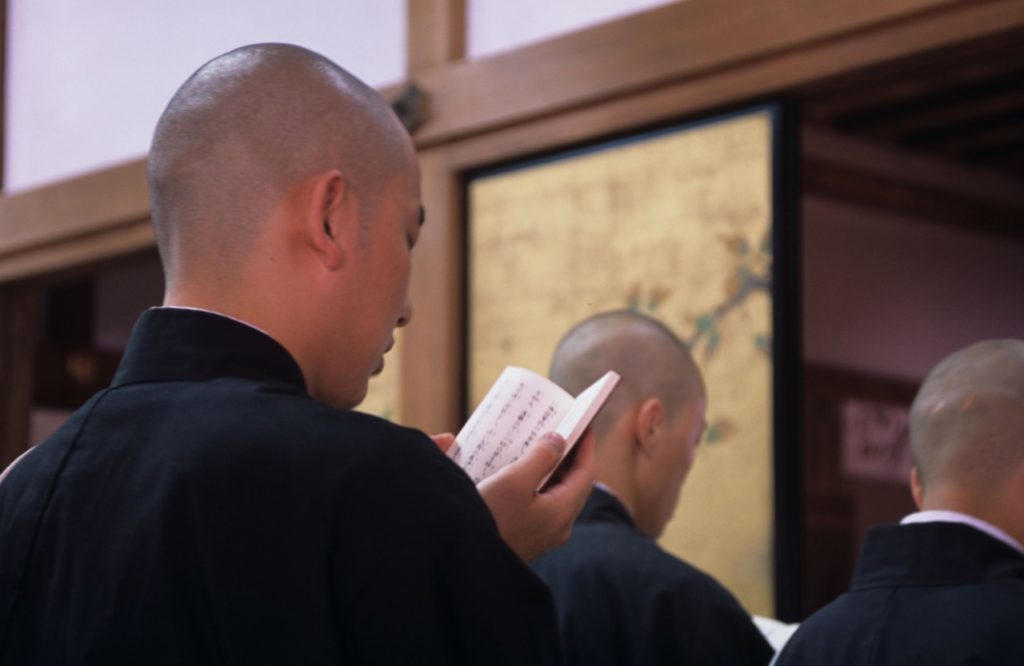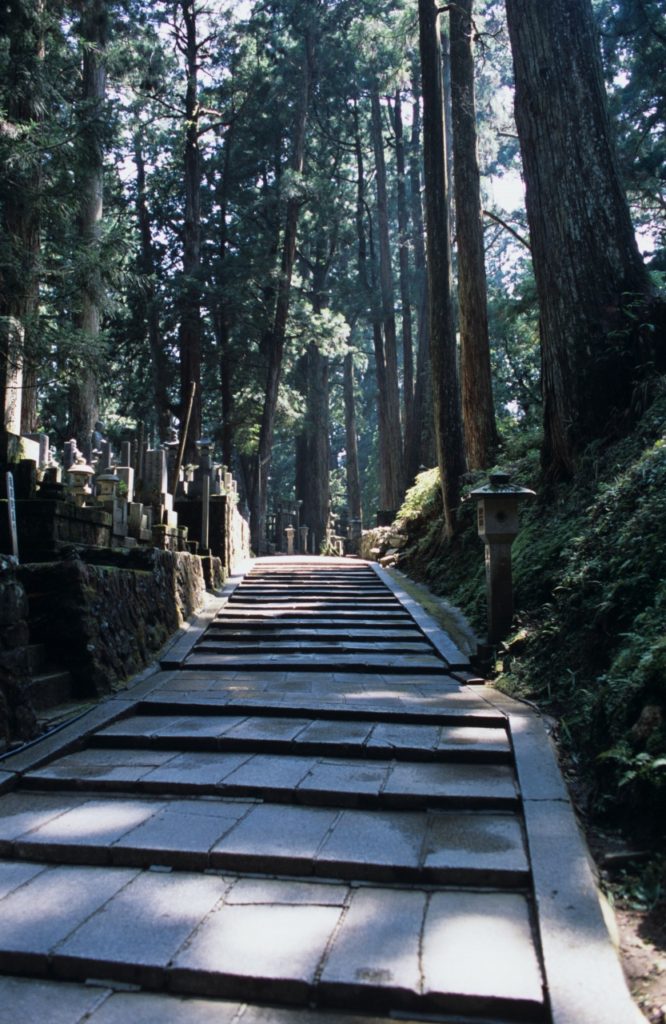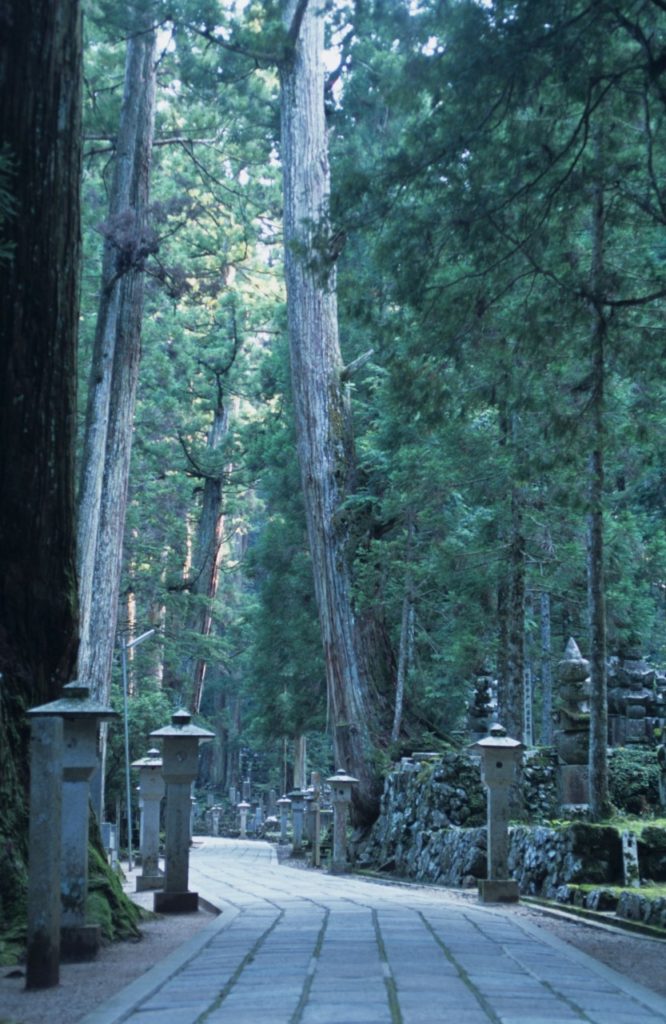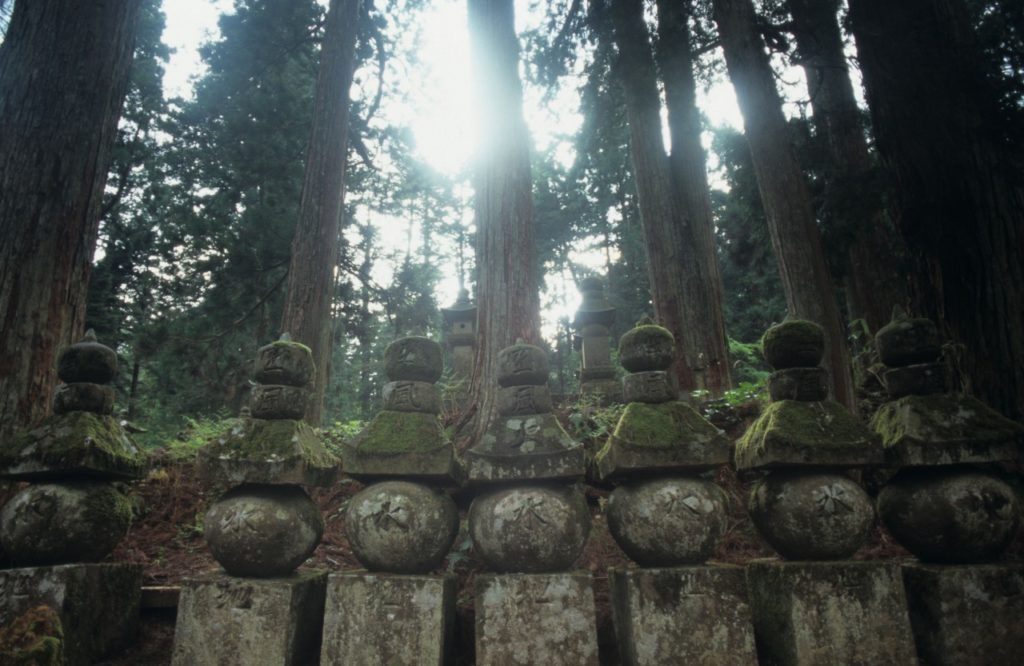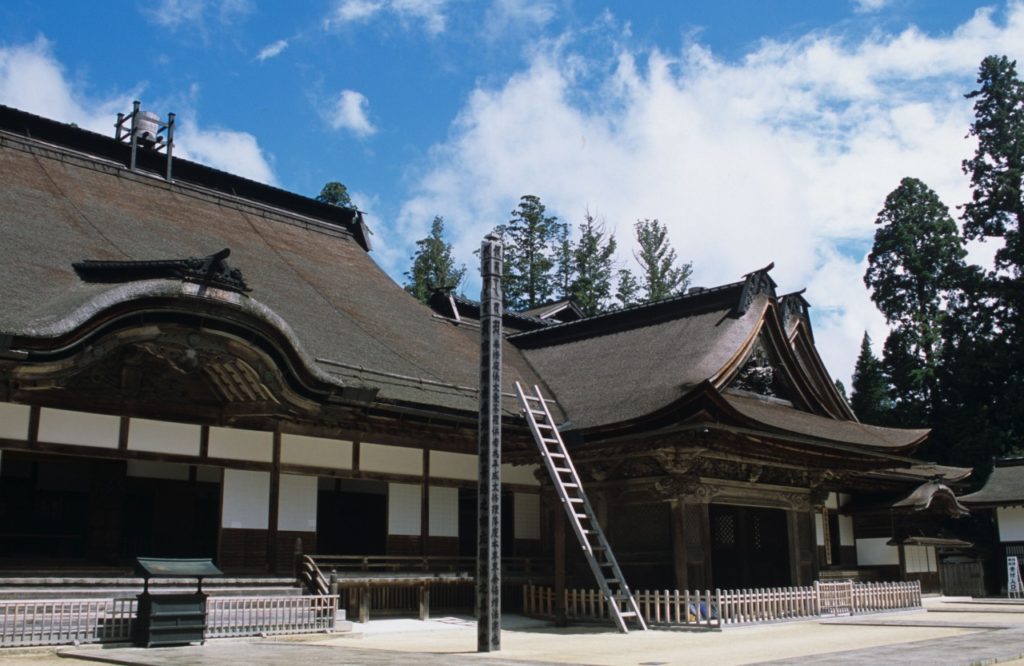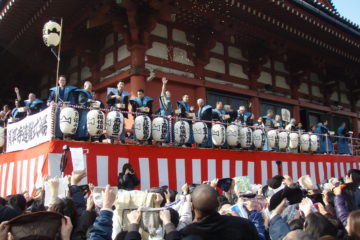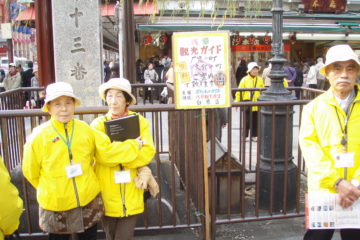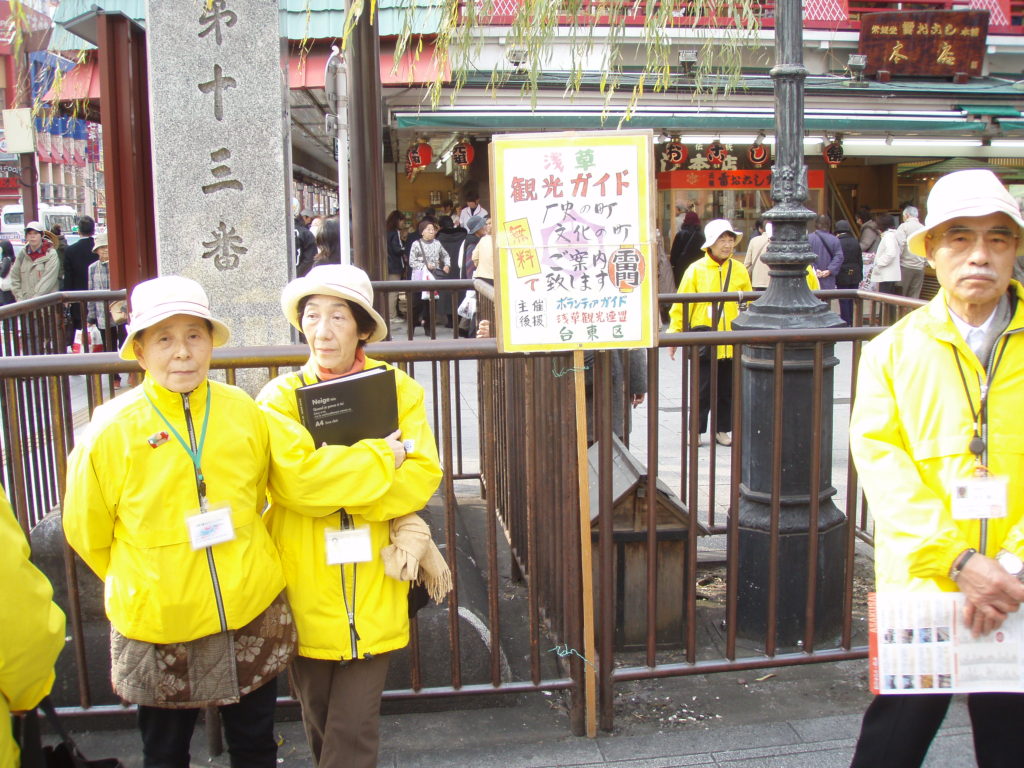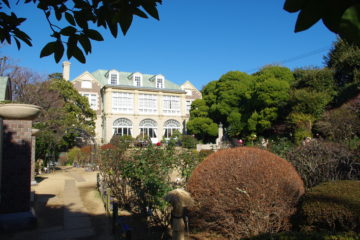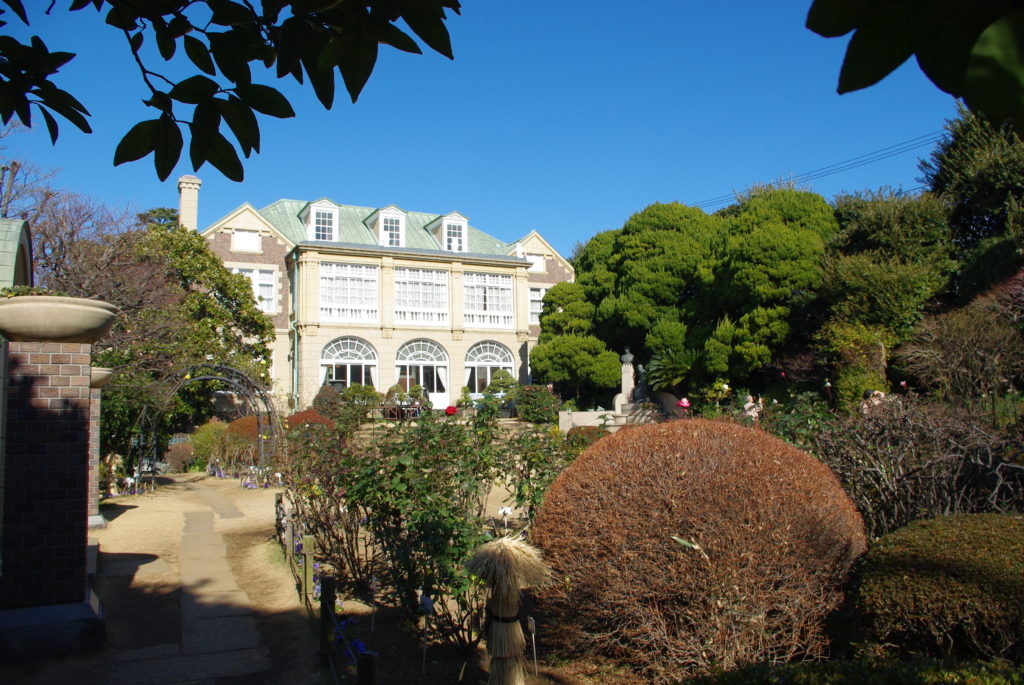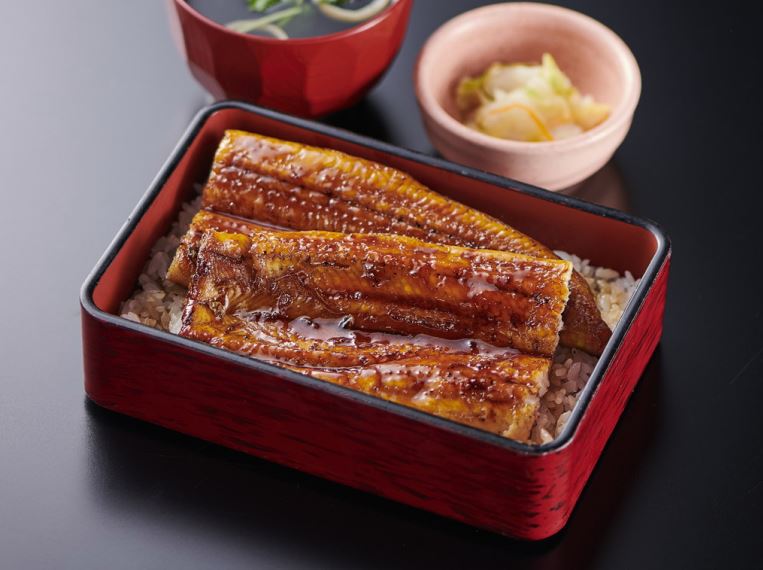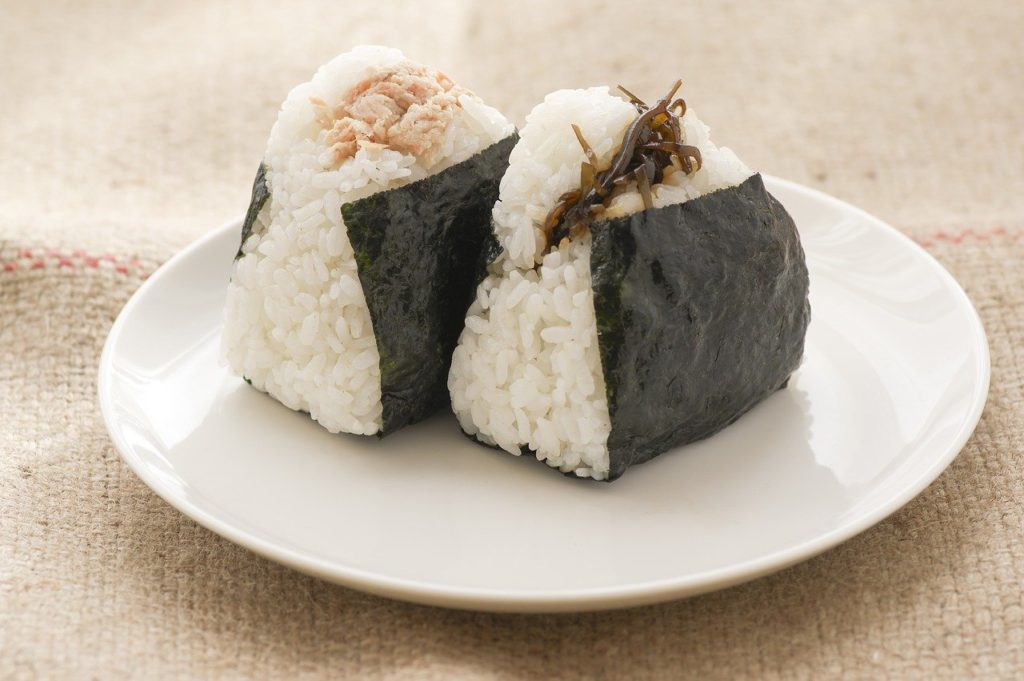
Rice balls are indeed convenient as a portable food. It is said that, during the time when people, even the nobility, ate unpolished rice, people began pressing rice into balls because the unpolished rice easily fell apart.
Shimpachiro Tamura wrote in his book “Nihonjin to Tabemono (Japanese and Their Food)” (published by Maruzen) that the triangular shape of rice balls, which is now regarded as the most popular shape of rice balls, started to spread from the middle of the Meiji era (1866 to 1912).
Before that time, the standard shapes of rice balls were round (shape of a ball) and rectangular round (shape of a rice bag).
The Japanese fairy tale “Omusubi Kororin (The Runaway Rice Ball)” has an episode where a rice ball rolled over and over and fell down a hole. Because it rolled around, there is no mistake that this rice ball was in the shape of a ball. Also, it appears that most rice balls packed in lunch boxes for field trips or other outdoor excursions have the shape of a rice bag.
Nowadays, however, most rice balls sold in stores are triangular in shape. So how did triangular rice balls become predominant?
It is said that the spread of triangular rice balls had its beginnings from an illustration in a schoolbook compiled by the state during the Meiji era (1868-1912).
Schoolbooks compiled by the state began to be published from 1903. One of the schoolbooks introduced the fairy tale “Sarukanigassen (The Crab and the Monkey)” that contained an illustration showing the children of the crab holding rice balls. These rice balls were triangular in shape.
Whether or not the shape of rice balls that had not existed until then captured the hearts of children, it is said that this illustration led to triangular rice balls becoming popular throughout the country.
It is not known, however, why the rice balls in the illustration for the fairy tale “Sarukanigassen” were triangular in shape. Triangular rice balls thus spread throughout the country due to the influence of the schoolbook. However, it seems that most of the rice balls that are sold in stores nowadays are triangular in shape for a business reason. That is, for the same amount of rice, the triangular shape gives the appearance of being the biggest.
